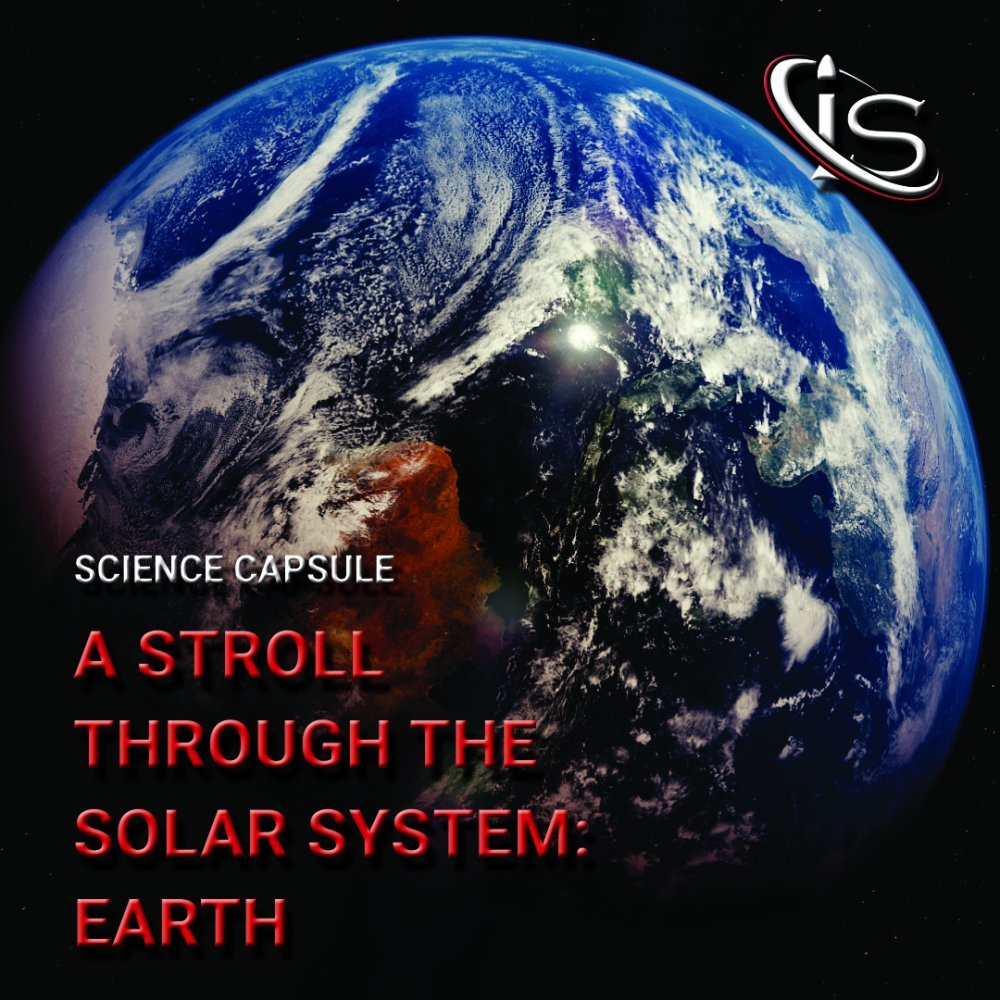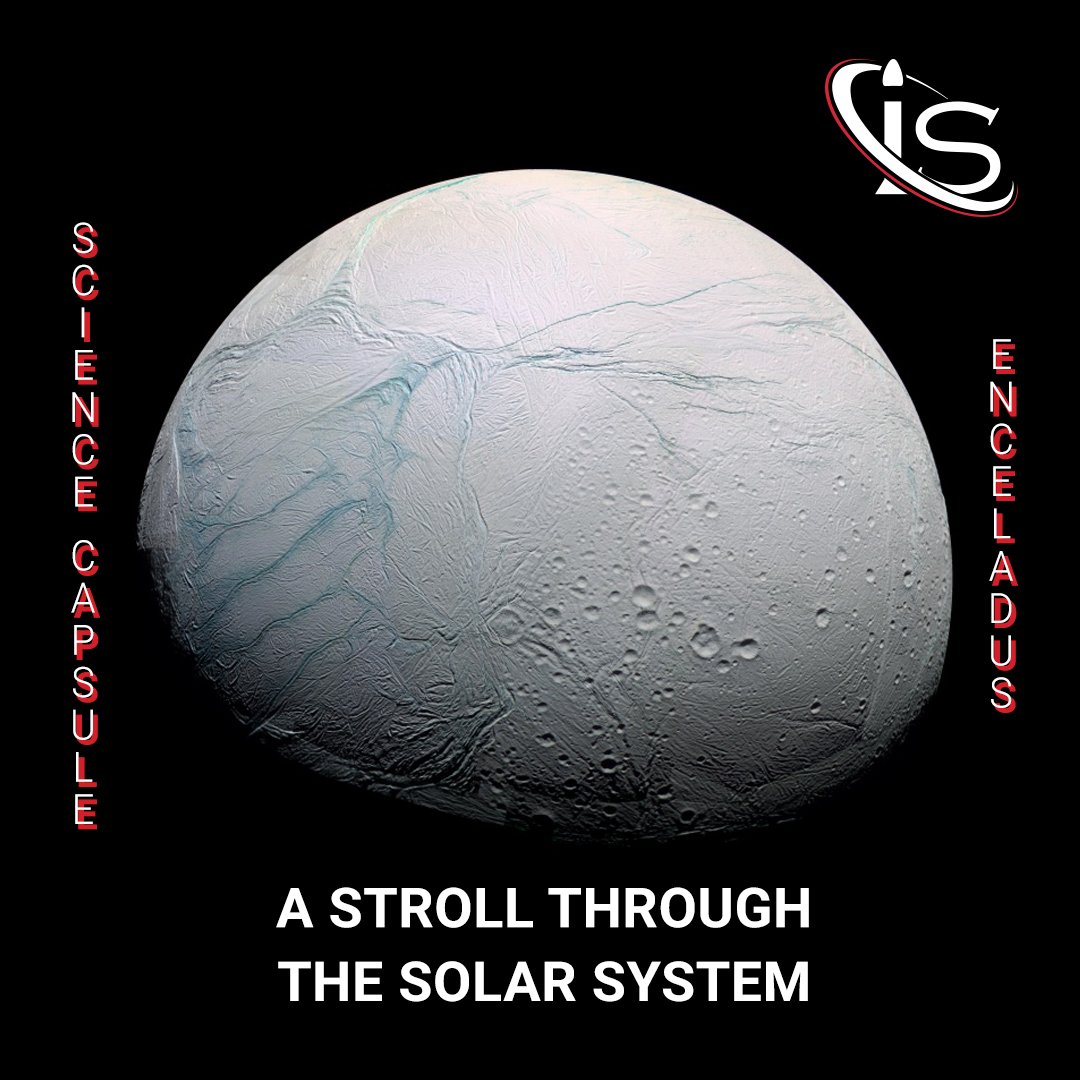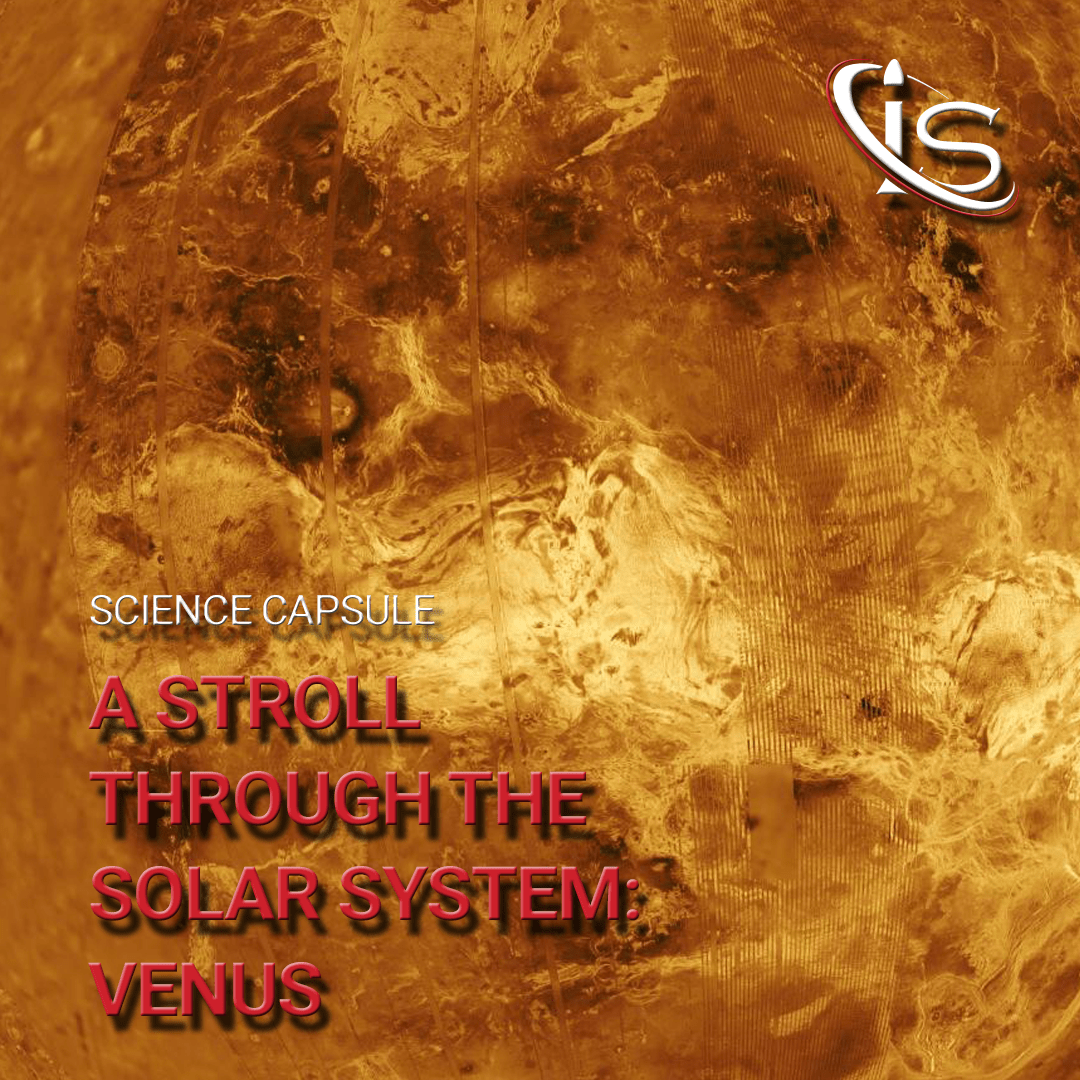Welcome to the second to last science capsule of 2022. To celebrate this momentous occasion, I chose a topic that is very close to my heart. The reason being I studied and enjoy both astronomy and geology. That topic is, of course, the importance of water to life. Many of you probably know the more obvious facets of this, such as water being an essential nutrient for living beings; however, I want to delve deeper and talk about how water impacts other crucial aspects of our day-to-day life. More specifically, the climate. And to sweeten the deal, we will end by exploring the ongoing search for this incredible substance outside our world.
A Natural Air Conditioning System
With the holidays being upon us (finally), I am sure many of you currently have the heating on full throttle. Unless, of course, you live somewhere warm, like Sicily, Florida, or Texas. Which are all very randomly selected places, and not the hot climates that I have the closest connection to. In any case, regulating the inside temperature of buildings is something that has been pursued and improved throughout humankind’s history.
Well, it turns out that water is incredibly effective at aiding our own planet’s climate. This probably already makes some sense. After all, it is a known fact that coastal climates are more temperate than continental ones. But water’s temperature regulation extends beyond the effects it has on its immediate surroundings. Let’s get into how exactly this works.
All About Albedo
The first effect we will discuss is tied to water’s ability to reflect light. More specifically, its albedo. That word may seem bizarre, but the idea behind is actually pretty simple. Any object has the ability to reflect and absorb light — technically even the individual parts of a black hole, even though any light that enters it will never leave due to its gravitational pull. However, how much light an object reflects is different and dependent on its composition. The propriety that describes the amount of light reflected back is called the albedo, from the Latin word for white. This is because a completely white object will reflect all light, thus having the highest albedo.
Water vs Snow
As an example, here, we can use snow. As this substance is a very bright white color, its albedo is quite high. This leads to a snow-covered region being warmer during the day, but colder at night. Water, on the other hand, has a much lower albedo. And I do mean much lower. In fact, snow usually measures in around 0.8-0.9, at least if it is fresh and clean, while water sits at a measly 0.02-0.05. As it turns out, this can be quite the advantage.
Being able to absorb a lot of the Sun’s incoming rays, water can temper the temperature shifts of its surrounding regions. As a result, not only are coastal areas cooler during the day and warmer at night, but they are also less impacted by the change of seasons. This second effect is more prevalent with really large bodies of water, however, as a small river or lake will not have enough stored heat to avoid freezing over in continued cold climates. And once water turns into ice, its albedo increases drastically, leading to an effect that is more similar to snow’s.
A Special Greenhouse Gas…
Moving away from albedo, water can actually control Earth’s climate through its very own water vapor. This is just water in a gaseous form, and it acts similar to all the other greenhouse gases, such as Carbon Dioxide or Methane. The main difference between water vapor and its greenhouse companions, however, lies in its ability to condense under normal atmospheric conditions. And by that I simply mean that water vapor can turn back into water, whereas something like Carbon Dioxide cannot change into a more solid, condensed compound. Not under normal circumstances, at least. Therefore, water vapor can change the amount of Sun rays that are reflected back depending on its concentration in the atmosphere. The more water vapor, the more Sun’s rays get “trapped” on Earth. After all, the more greenhouse gases are in the atmosphere, the warmer the climate becomes.
Positive and Negative Feedback
Being condensable also leads to a rather unique effect. Due to water evaporating more with warmer temperatures, the more greenhouse gases there, the more water will evaporate. That in turn will lead to more water vapor in the atmosphere. Which will increase the concentration of greenhouse gases. Which will lead to warmer temperatures. So, more water vapor present will lead to more water vapor forming. This is what is known as a positive feedback effect.
However, the opposite can also happen. Because more water vapor will also lead to more clouds, the Earth’s albedo will change. This will cause the Earth to absorb less Sun rays and, therefore, decrease in temperature. And this is known as a negative feedback effect, which makes a lot of sense considering it’s the opposite of the previous case. But there is actually even more to the story. Because more clouds also mean more condensed water in the atmosphere, the amount of heat retained by Earth would also increase. So, even if more water vapor would create more clouds, that would not necessarily lead to a cooler global climate. As such, the exact concentration needed to influence temperatures in a certain way is not yet clear.
Which Controls Another One
So, this title might be just a little bit of an exaggeration; however, it is undeniable that one of the best greenhouse gases controls is water. Or to be more precise, large bodies of water, as small ones will not as much of an impact. The main way in which water can mitigate the concentration of greenhouse gases is by dissolving them, mainly Carbon Dioxide. This is actually one of the reasons why more Carbon Dioxide leads to more acidic rain. As the greenhouse gas is dissolved in water, it will form carbonic acid, which will be present in the water that condenses to form rain clouds.
On the other hand, since CO2 dissolves in water, our transparent friend can also regulate the amount of it in the atmosphere. Unfortunately, this is not a perfect, endless control, so too much Carbon Dioxide production will not be completely offset by the presence of large bodies of water. That is also why global warming is happening, as our natural water supply is not able to absorb enough of this greenhouse gas to counterbalance our emissions of it.
Before ending this section, I would be remiss to not mention that a lot of what was said here is also related to the water cycle.

Snowball Earth
But this also applies to the opposite end of the spectrum. In fact, the greatest Ice Age ever, a period known as “Snowball Earth”, was ended by water. Or the lack thereof. Due to so much of the planet being covered in ice, water was no longer able to dissolve greenhouse gases. This led to a massive accumulation of said gases due to volcanic activity. In turn, this would eventually have created a warm enough climate to melt such large expanses of ice. In fact, if the same amount of water had, somehow, been exposed throughout Snowball Earth, there is a chance that the positive feedback effect from Earth’s increased albedo would have kept it frozen forever. The whole Snowball Earth concept is actually really fascinating — and controversial — so I recommend looking further into it.
The Search for Water
I hope that this capsule helped explain just how incredibly crucial water is to the survival of life. And as such, it should come as no surprise that scientists have been looking for even the smallest traces of it outside of our planet. Of course, the most famous search for extraterrestrial water has been happening on the planet right next to us, Mars. And thanks to machines such as the Mars Rovers, that particular quest has yielded great results already.
However, Mars is not the only object in the Solar System that has been the subject of water-centered expeditions. Our very own Moon is believed to have contained water in the past. In fact, as a bit of a sneak preview of next week’s capsule, even one of Jupiter’s moons, Ganymede, appears to have a vast saltwater ocean underneath its icy surface. This is especially significant as the interaction between rock and water is believed to be essential for life itself. Which is yet another way in which water is necessary for the existence of life.
‘Tis the Season
This will do it for us here today. I hope you enjoyed learning more about what might be the most precious resource on Earth. At the time of me writing this, Christmas is a little over a week away; however, by the time this comes out, it will be right around the corner. And if you are wondering why I am writing the conclusion to this capsule so much in advance, the answer is, well, Christmas. Yes, in honor of my favorite holiday — and because I have some fun plans for the upcoming few weeks — I decided to take a full week off leading up to December 25th. But fret not, as I have not only completed this capsule in advance, but the next one on Ganymede, as well.
And so, from all of us here at impulso.space, I wish you all a very merry Christmas, or a very happy Hannukah, or a very happy whatever-holiday-it-is you have the joy of celebrating at this time. And if you are not celebrating any particular festivity, then just soak in the cheerful atmosphere and have a holiday for yourself. You deserve it.





